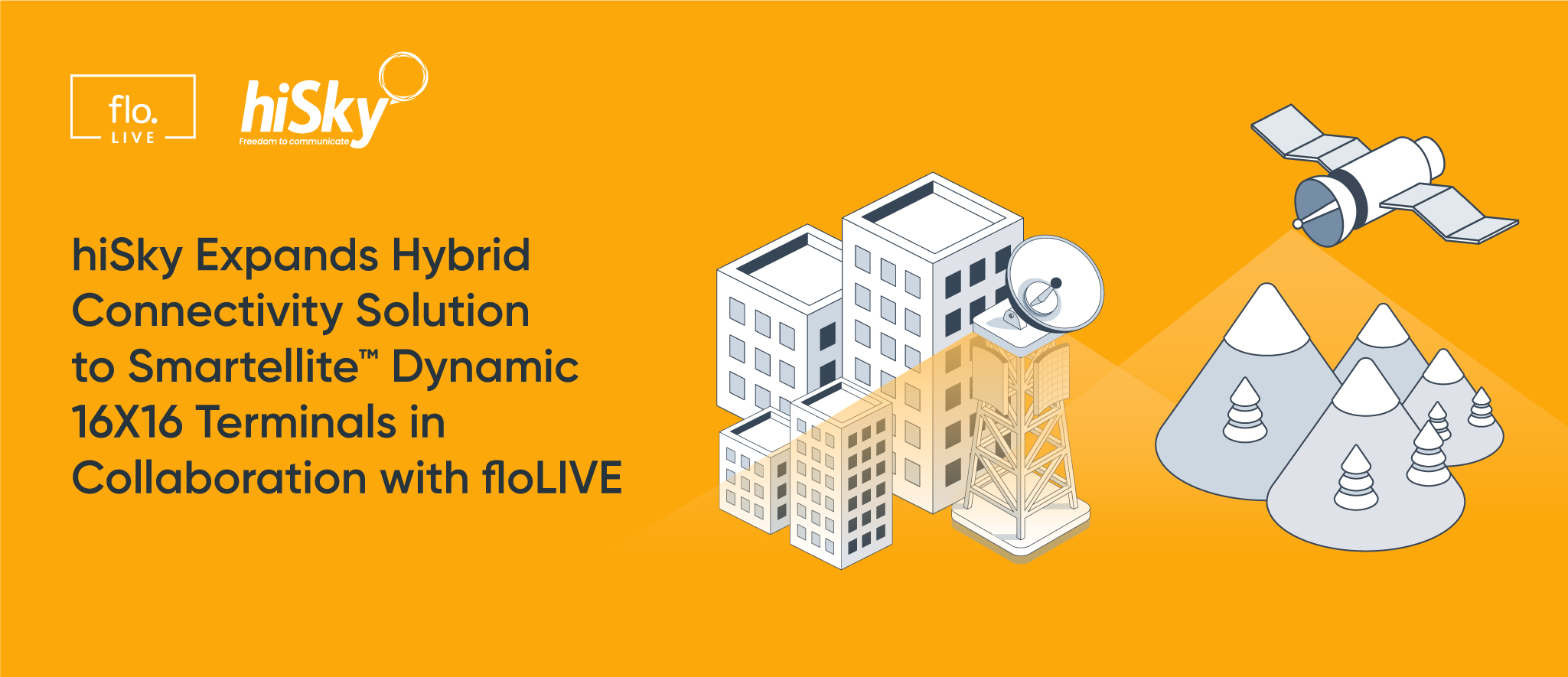Page Contents
IoT in Autonomous Vehicles – Why Reducing Latency Matters

Page Contents
By 2026, the autonomous car market revenue is expected to reach more than $60B, at a CAGR of 22.7%, seeing a huge amount of growth over the next few years.
For autonomous vehicles to thrive, they rely on the Internet of Things (IoT). In fact, a new industry has sprung up around this use case – known as the Internet of Vehicles (IoV). A connected vehicle requires constant uplink to a whole host of services in real-time, and this is even more true when you consider a fully autonomous vehicle. In fact, we would venture an educated guess that there are hardly any other IoT devices which need the same amount of uptime as an autonomous vehicle.
As the automotive industry matures its understanding of the requirements for autonomous driving, what challenges are stakeholders grappling with, and what are the smartest solutions? Let’s dive in.
How is IoT required in autonomous vehicles?
So, how does an autonomous car leverage IoT? First off, think about the huge amounts of data that is transmitted from the car itself. The GPS location of the car, the engine status, data on acceleration and braking, and for electric vehicles – data on battery status or charge alerts. Next, consider the information that the car might be receiving, such as weather or traffic alerts, data from road signals and signs, V2V or V2I (Vehicle to Infrastructure) communications, or even data coming from road sensors. Your autonomous vehicle is one big connected device.
What are the challenges for IoT in autonomous vehicles?
Not all IoT devices are created with equal requirements. For autonomous vehicles, one important consideration is low latency use cases. This is because of all that data we discussed above needs to be sent and received in real-time. Route planning, responding to sensor-based information, and data-driven decision making needs to be immediate. This isn’t just a matter of business impact, as when it comes to autonomous vehicles performance issues can have a direct impact on the safety of other drivers and pedestrians on the streets.
With so much data being sent, and performance being critical, AVs need to have wide throughput and incredibly low latency.
A second issue that’s front and center for autonomous vehicle stakeholders is coverage. By their very nature, autonomous vehicles don’t stay in one place! In any single country, no one carrier will have total coverage. This means that manufacturers need to ensure they can achieve coverage anywhere, and easily switch from one mobile network provider to another to keep performance high, while ensuring they have wide throughput and reduced latency needs in mind.
How can the AV industry make sure IoT needs are being met?
The solution for IoT in autonomous vehicles is all about the local connectivity. Working with local connectivity means that you can ensure the lowest possible latency so that data transfer is immediate and performance remains high. In our experience at floLIVE, the average latency for solutions based on roaming typically ranges between 100-200mSec, while for local carriers this can reduce to anywhere in the region of 70-90mSec, and sometimes even less.
However, working with multiple local MNOs can get expensive and complicated, fast – especially when you’re working with such large amounts of data.
Imagine entering into commerce and contracts with dozens of MNOs for each region driverless vehicles might work within, and handling dozens of Service Level Agreements, customer service relationships, and the minutiae of each operator when it comes to security, performance, availability, and costs. There must be a smarter way.
There is! At floLIVE, autonomous vehicles are one of the use cases we feel our multi-IMSI SIM card was built for. We use breakouts all over the world to ensure that you can connect autonomous vehicles at all times to local operator coverage, all from a single SIM. From one centralized, cloud-based dashboard, your network can be configured and modified over-the-air (OTA), integrated with multiple core networks in every region you do business. Your vehicles can be as flexible as you need, moving from one operator to another with zero downtime as they enter a new location.
As you have infrastructure in every country via local packet gateways, you can control all the parameters you need, from reduced latency to any other element of your infrastructure. Take security for example. Autonomous vehicles have particular needs for security on the IT side, and with floLIVE’s single dashboard, a business can restrict access of vehicles to specific IP addresses, preventing external sources from opening IP sessions or even sending SMS messages. You can configure the security requirements as tightly as you choose, on a granular level in each and every location. The same granularity can be achieved with Quality of Service, performance requirements, and more.
Flexibility matters for autonomous vehicles
This flexibility sets us apart from other IoT application and connectivity vendors, giving you the freedom to choose exactly how you want to do business. Local connectivity addresses the general needs of the industry for reduced IoT latency and high throughput – and the rest? That’s totally up to you.

Join Our Newsletter
Get the latest tips and insights in our monthly newsletter.








